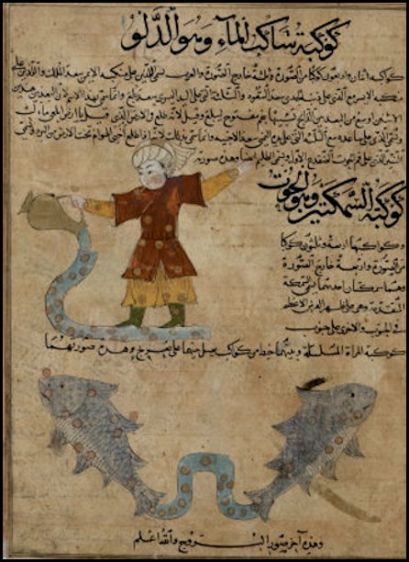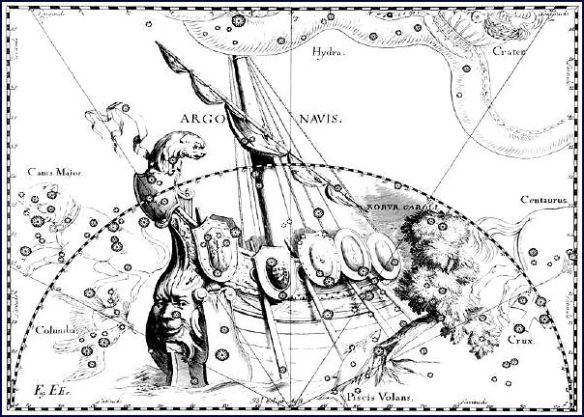
The Sun (ruler), Leo and lunar mansions – Persia 17th c.
Regulus is perhaps the best-known of the Watchers. He is of the nature of Mars and Jupiter and is Guardian of the North. Regulus provides success if revenge is avoided. The success must be pure. maintaining power without ever resorting to revenge is, of course, a great challenge. Still, there is a gentleness in this powerful lion and it comes as no surprise that the healing angel finds his place, here in the North. Jupiter and Mars can be read as Mercy and Severity, the essential symbols of the Pharaohs as rulers was the crook (heka) and the flail or flabellum (nekhakha). A good King needs to know when to use one or the other for the sake of the Kingdom. I, therefore, find the following passage from Manilius to be exceptionally jaundiced:
“Who can doubt the nature of the monstrous Lion, and the pursuits he prescribes for those born beneath his sign? The lion ever devises fresh fights and fresh warfare on animals and lives on spoil and pillaging of flocks. The sons of the Lion are filled with the urge to adorn their proud portals with pelts and to hang up on their walls the captured prey, to bring the peace of terror to the woods, and to live upon plunder. There are those whose like bent is not checked by the city-gates, but they swagger about in the heart of the capital with droves of beasts; they display mangled limbs at the shop-front, slaughter to meet the demands of luxury, and count it gain to kill. Their temper is equally prone to fitful wrath and ready withdrawal, and guileless are the sentiments of their honest hearts” [Astronomica, Manilius, 1st century AD, p.237.]
Nevertheless, Manilius’ list of the pitfalls of avarice, wrath and their fellow demons should be required reading for those who grasp for power. The good King or Queen is a healer – avoiding needless conflict and undue suffering, acting for the greater good.. This is the essence of nobility.
The North as a direction is associated with wisdom as well as achievement. in a wide variety of cultures. These are decidedly 1oth House themes. The ability to excel, to show mercy and possessing of the ability to communicate with and lead others, to recognize the special skill of those around him are all marks of nobility. The royal stars reach lofty heights and falling from them rarely ends well,
The real and imagined qualities of lions led to associations with kingship, in concert with the Sun, from earliest times and this was the case in parts of the world that had no actual lions. The leonine reputation as the king of the jungle combined with a mane evocative of the Sun produced an archetypal image adopted by Kings and Emperors to adopt leonine titles and iconography.










